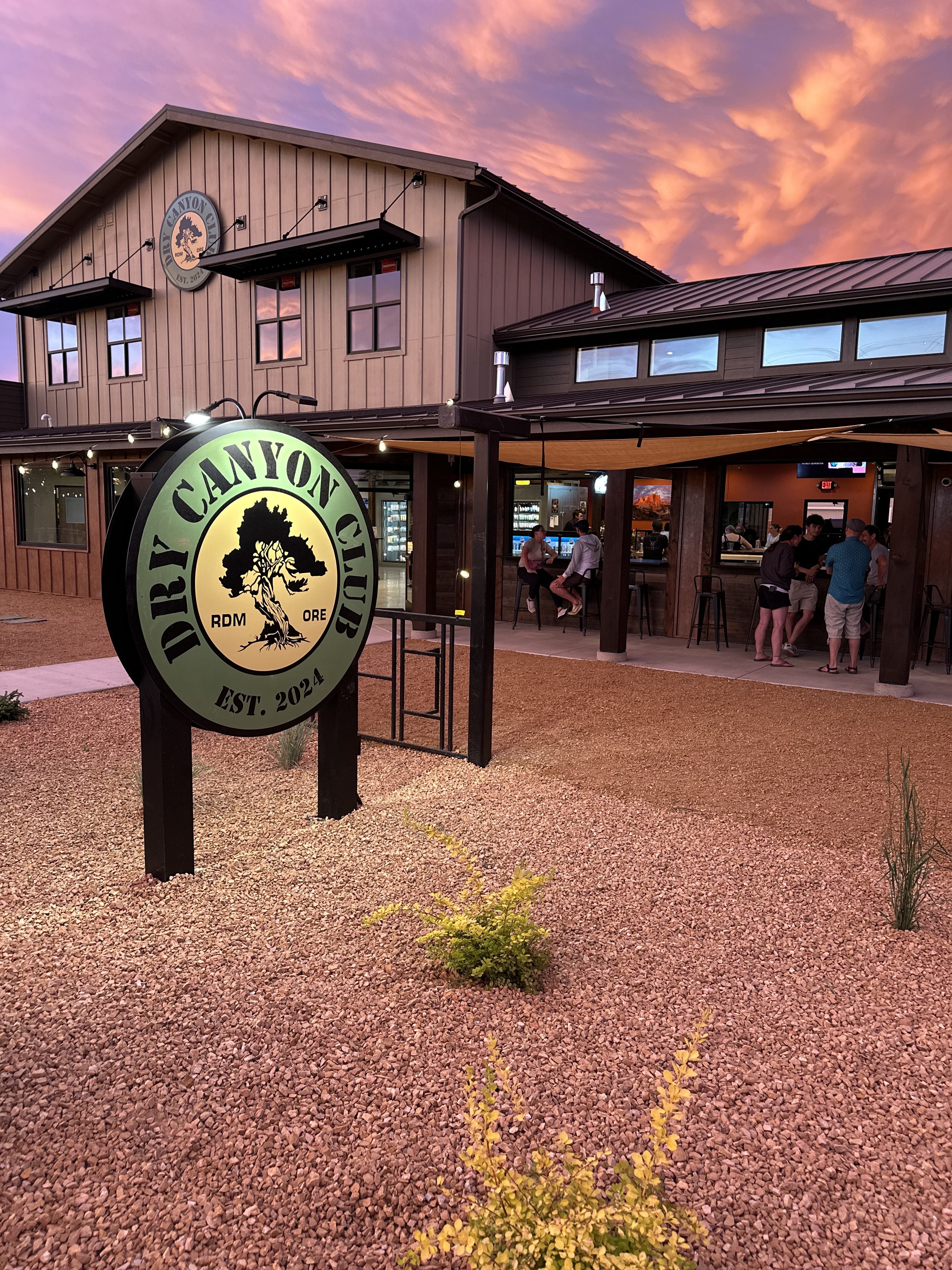Commentary: Modernizing Oregon power grid key to carbon-free future
Published 10:32 am Thursday, November 28, 2024

- Brandon Oyer
Oregon is taking significant steps to accelerate the energy transition, including committing to 100% carbon-free electricity by 2040 and reducing greenhouse gas emissions by at least 45% below 1990 levels by 2035. Central to achieving these goals is the power grid, which needs to be modernized and expanded so that it can connect, transmit, and manage carbon-free energy — and accelerate the state’s energy transition.
Trending
At Amazon, we believe the power grid should be an enabler of the energy transition, and we’re committed to collaborating with grid operators, utilities and others to ensure that new sources of carbon-free energy can connect to the grid quickly, and the grid is prepared to handle the demands of the future. We are taking tangible steps to support these efforts, including urging policymakers in Oregon and across the country to implement policies to accelerate grid modernization efforts, encouraging investment in grid modernization technologies, and innovating across the energy sector to bring new carbon-free power sources forward.
The grid faces challenges that need to be addressed to realize sustainability goals. Much of the U.S. grid was built in the 1960s and 1970s, with about 70% of transmission lines being 25 years or older. The grid was originally designed for centralized power flow, not the distributed nature of carbon-free sources like solar and wind. Moreover, the interconnection process for connecting new energy sources is outdated and causing delays. In some parts of the country, projects that could be operational within 18 months are taking up to five years to connect, preventing new carbon-free energy from reaching American consumers and businesses.
To address these challenges, Amazon is advocating for reform at national and state levels. We support recent Federal Energy Regulatory Commission Orders that require long-term regional transmission planning and address interconnection backlogs. In Oregon, Amazon has provided input on policies and regulations impacting transmission build-out, interconnection, and carbon-free energy procurement. We support the Bonneville Power Administration’s work to reform the interconnection process and House Bill 4015, which aims to accelerate the deployment of standalone battery storage.
Trending
Amazon supports the deployment of grid-enhancing technologies — hardware and software solutions that can be added to the existing power grid to increase capacity, flexibility, and resiliency much quicker than traditional infrastructure upgrades. In 2025, we will be urging state policymakers and grid operators like BPA to help spur more GETs deployments, which could unlock a significant amount of carbon-free energy generation in the near term while we await the buildout of new transmission infrastructure.
Amazon is also bringing carbon-free energy to Oregon. Last year we announced an agreement with Umatilla Electric Cooperative that allows Amazon to select the energy for our data centers, including carbon-free energy. We’ve invested in a 90-megawatt capacity wind farm in Gilliam County, and contributed $1.2 million to fund a community solar energy program that will bring renewable energy to ten nonprofit organizations and community buildings across Morrow and Umatilla counties.
More recently, Amazon announced an agreement with Energy Northwest that will enable the development of four advanced small modular reactors. While located near the Columbia Generating Station in Richland, Wash., the project will bring a net-new source of carbon-free energy to the grid that will benefit the region.
By supporting the expansion and modernization of the grid, including upgrading physical infrastructure with advanced technologies and implementing policies for rapid modernization, we can realize the benefits of a carbon-free energy future more quickly. Together, we can ensure that Oregon’s grid becomes an enabler of its carbon-free energy goals, benefiting local communities, and the environment for generations to come.








